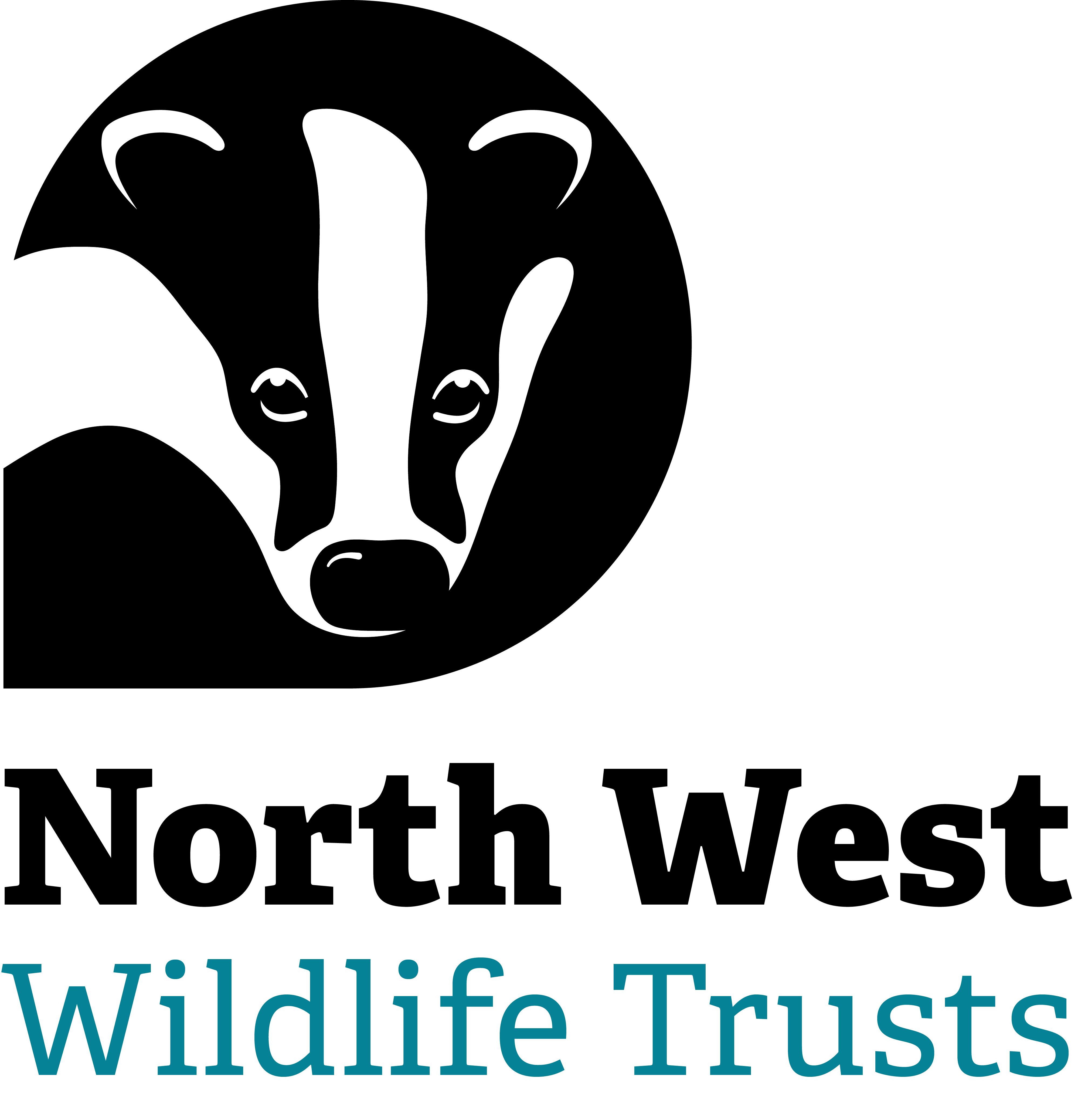Sandy shore at Sandscale Haws Nature Reserve
Sandscale Hawes Beach
Know before you go
Dogs
When to visit
Opening times
All year roundBest time to visit
June to SeptemberAbout the reserve
What makes Sandscale Hawes so special?
The beach is home to numerous rare plants, butterflies and wildflowers along with an estimated 15% of the UK's natterjack toad population. It hosts a complete range of other British amphibians, including smooth, palmate and great crested newts and common lizards. Look for herons and little egrets feeding from the dune slack pools.
Clouds of common blue butterflies feed here, as does the dingy skipper; silvery grayling, wall brown and dark green fritillary flit silently through the sandhills throughout the summer. Dragonflies, such as the emperor and four-spotted chaser, hunt among the ponds and marshes.
Over 600 plant species have been recorded across this 700-acre reserve. In the dune slacks, grass of parnassus and round-leaved wintergreen shine white; while bee, Northern marsh and coralroot orchids are dune specialists. Low-growing sea holly is common here, and delicate dune pansy glows purple across the area.
Throughout the year, the mudflats and sandbanks offer a banquet for birds, including ringed plovers, terns, turnstones and oystercatchers, skylarks, whitethroats and pipits. Raptors include peregrines, buzzards and hen harriers. The winter months are the best time to see birds in big numbers, with 70,000 knots, redshanks and dunlins feeding amid small flocks of sanderlings.
What to do
Come along to see the stunning views across to Lake District, and why not do some beachcombing whilst here? Alternatively come along to do some bird watching and practising your butterfly and plant identification skills. Feel free to pop into the welcome hut and read up on some information about local wildlife, all whilst having some snacks and drinks.
